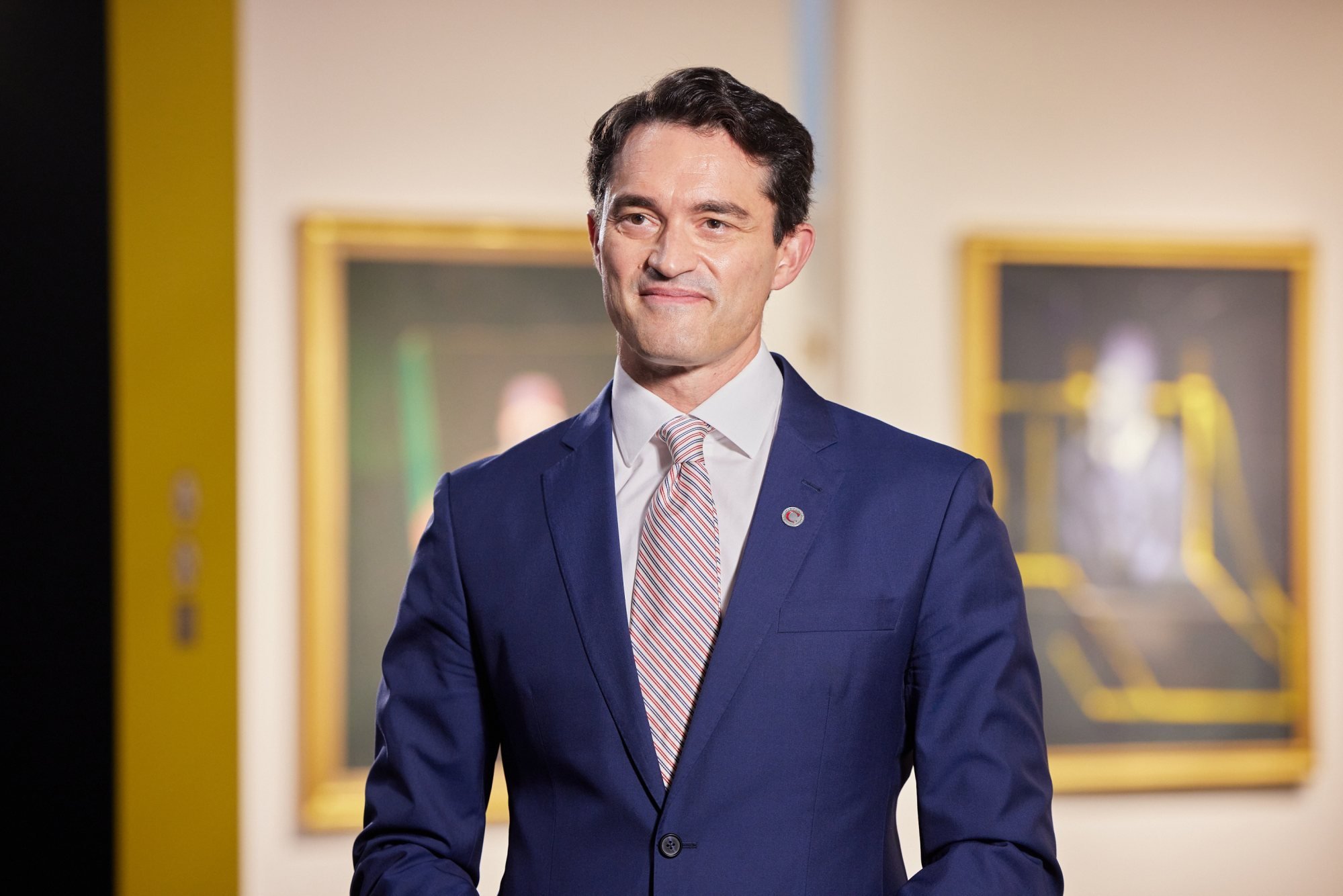China’s young, tech-savvy, ultra-rich cohort is shaping the wealth management and luxury spending industries, including art collecting, according to experts at a conference in Hong Kong.
“The asset management landscape in Asia is undergoing significant transformations due to changing demographics and digitisation,” said Chen Ding, the CEO of CSOP asset management.
Speaking on a panel at the HSBC Global Investment Summit on Wednesday, Ding added that the wealth-management industry is being reshaped by social media, youth and key opinion leaders (KOLs), a term used for influential online content creators.
“For the next few decades Gen Z or even the next Gen Alpha, their investment may be through asset tokenisation and AI wealth advisers,” she said, adding that the industry is working towards transforming wealth into “a new virtual format in addition to the traditional finance space”.

Mainland China is projected to see a 47 per cent increase in the number of ultra-high-net-worth individuals by 2028, despite the global slowdown in wealth growth, according to the Wealth Report by Knight Frank.
China’s high-net-worth population is also becoming younger, with the proportion under 40 years old increasing from 29 per cent in 2019 to 49 per cent in 2023, according to the China Private Wealth Report released by China Merchant Bank.
Meanwhile, tech-savvy art enthusiasts and digital technology have transformed the art market, making it more accessible and inclusive for collectors, according to Francis Belin, the president of Christie’s Asia-Pacific, who spoke on the same panel.
Despite an overall global slowdown in art purchases, the industry remains resilient thanks to a shift towards younger collectors, Belin said.
“Asian buying has been robust and sustained across our art and luxury sales globally, with the region’s powerful younger buyer demographic becoming ever more prevalent,” said Belin.

Realistic pricing strategies, digital innovations, and dynamic educational experiences will remain the key to cultivating art collectors in Asia across generations, he added.
Christie’s has also observed a growing significance of both new and younger consumers from Asia in its sales around the world, thanks in part to the auction house’s digital investments, including its online bidding and sales platforms.
In 2023, the Asia-Pacific region accounted for 54 per cent of Christie’s global new buyer spending and 66 per cent of its global millennial buyer spending, with more than half of this spending attributed to mainland China.
The pandemic has shifted the focus of Chinese consumers towards quality, craftsmanship and resale value over brand name, according to Jing Zhang, the global editor-in-chief of luxury-sector business publication Jing Daily.
“Especially for women collectors, we are seeing an appreciation of intrinsic value and focus on curating a collection that is timeless,” Zhang said.
UBS sees Asia as future growth engine as wealth creation brings opportunities
UBS sees Asia as future growth engine as wealth creation brings opportunities
Traditional fashion and beauty brands are also understanding the influence of KOLs and celebrity marketing. Zhang cited the example of Blackpink’s Lalisa Manobal (stage name Lisa), who acts as a brand ambassador for Chanel. Her association with the brand has brought in new, younger consumers.
“People can be extremely loyal,” said Zhang, adding that choosing the right brand ambassador to push in advertising can lead to phenomenal success.
This post was originally published on this site be sure to check out more of their content








